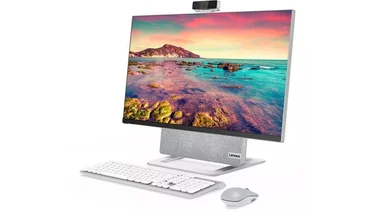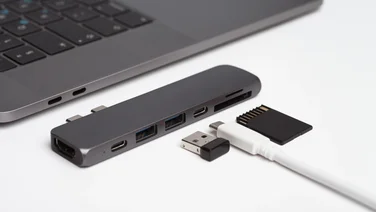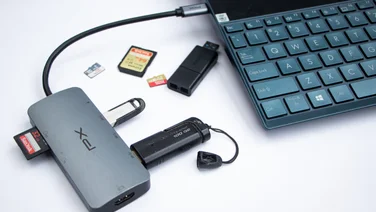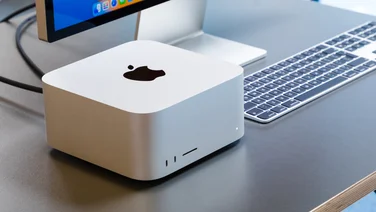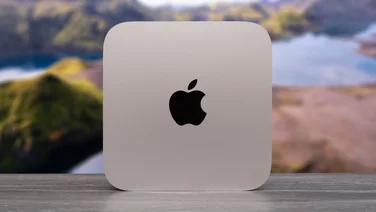To help us provide you with free impartial advice, we may earn a commission if you buy through links on our site. Learn more



The HD3 is the successor to the Sapphire Edge HD2, a mini computer that we awarded three stars to last year.
It’s a sleek-looking mini-PC that’s powered by an AMD E-450 processor. It doesn’t come with an operating system, but that makes it a good option for open-source software enthusiasts. It doesn’t have a built-in optical disc drive either, so you must use an external drive or install your operating system using a USB drive.
We opted for the latter option, but this didn’t resolve the issue of the PC’s hardware drivers, which are supplied on a disc in the box instead of a USB stick, which would’ve been much more convenient.
Our attempt to install Windows 7 left us without drivers for the USB3 ports, the Wi-Fi chipset or the Gigabit Ethernet LAN chipset. In other words, it lacks any means of getting the PC online to download the drivers.

The front USB3 ports are handy, but Windows 7 doesn’t support them natively, so you’ll need to install the provided drivers.
You can work round this by using an external DVD drive, using a natively supported wireless dongle to get online or by using another computer to copy the drivers from the disc to a USB drive, but it’s still a fair bit of hassle. We’d have preferred to have at least one networking component installed that Windows 7 natively recognises.
However, once we’d got everything set up (and downloaded the graphics drivers for the E-450’s on-chip AMD Radeon HD 6320 using a handy auto-detection tool on AMD’s website) the PC ran Windows 7 smoothly and without a hitch.
This is hardly surprising, because the Edge HD3 is one of the most powerful nettop-style mini-PCs around, but that isn’t saying much. It scored just 13 overall in our benchmark tests, taking hours to complete them. It doesn’t handle multitasking too well in real usage scenarios either, so don’t expect to run multiple programs or browse dozens of tabs at once.
In fairness, no-one’s claiming that this PC is designed for heavy-duty video encoding or similar tasks. Instead, it’s best suited to browsing the web, playing casual games, watching video and listening to music. Asus suggests that its DirectX11-capable, on-chip GPU should be capable of running 3D games “at modest settings”. It even failed our most basic laptop graphics test using Dirt 3, but it should be up to playing older 3D games at their very lowest settings.
In addition to its dual-core E-450 processor, it has 4GB of memory and a 320GB hard disk. It isn’t designed to be upgraded, so there’s no easy way to open the oddly attractive case. There are two USB3 ports at the front and two USB ports at the back. In addition to those, you’ll find a 3.5mm line output and microphone input, a Gigabit Ethernet port and both DVI and HDMI graphics outputs.

There’s no way to upgrade this mini PC, but luckily it has a wide-range of ports out outputs.
Like other AMD E-series and Intel Atom-based systems, this is a very modest PC, so you’ll be disappointed if your requirements don’t match its capabilities. However, it’s small, very power efficient, it’s fairly quiet (but rather hot) and it isn’t massively expensive. It’s cheaper than most similarly specified PCs, which makes it a great budget option if you want to install Linux, but if you want Windows, the Lenovo IdeaCentre Q180 is a better buy because it has Microsoft’s operating system preinstalled, as well as a Blu-ray drive and larger hard disk.
